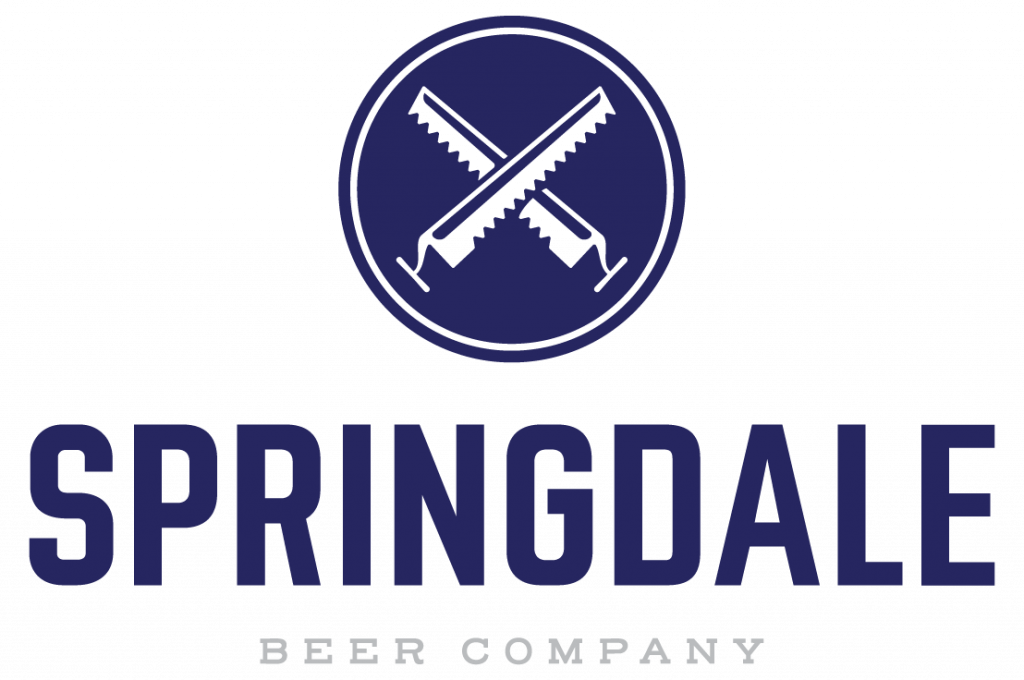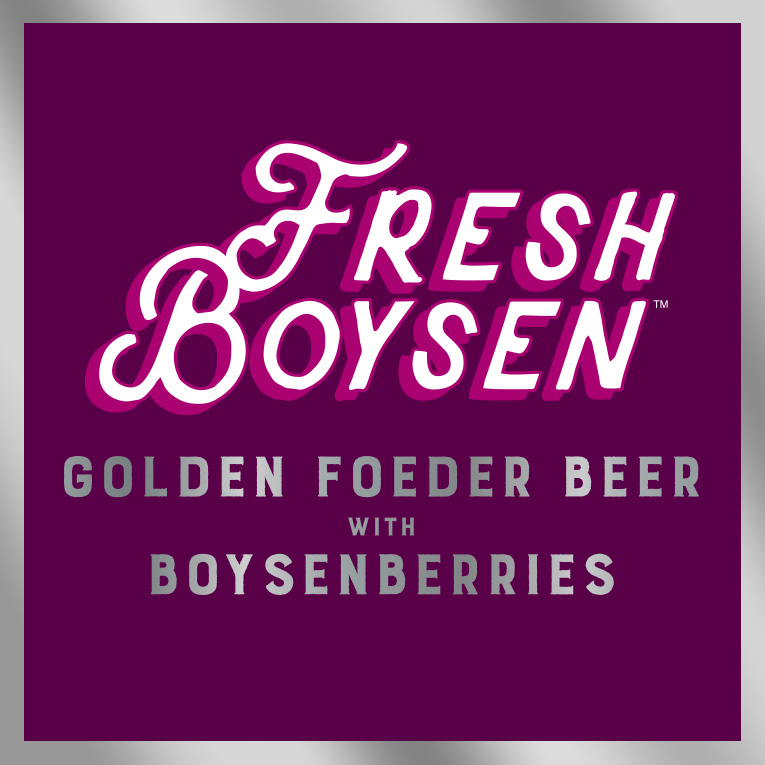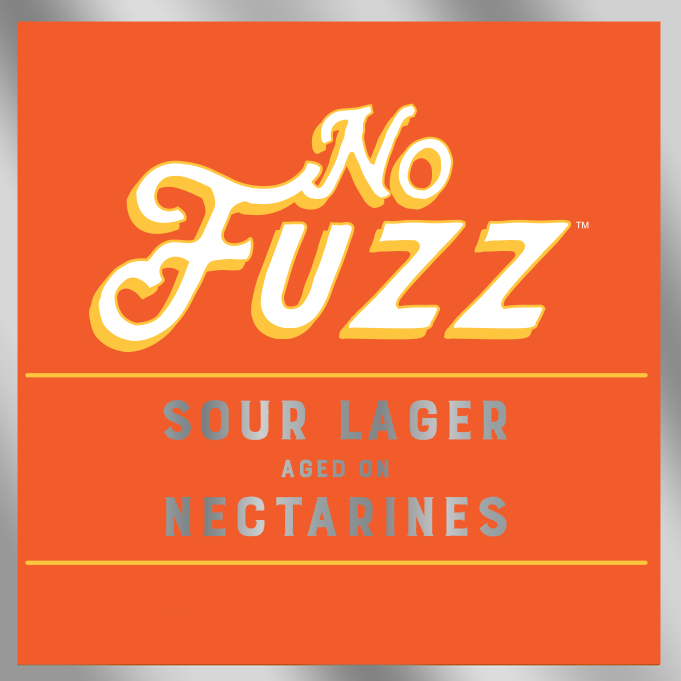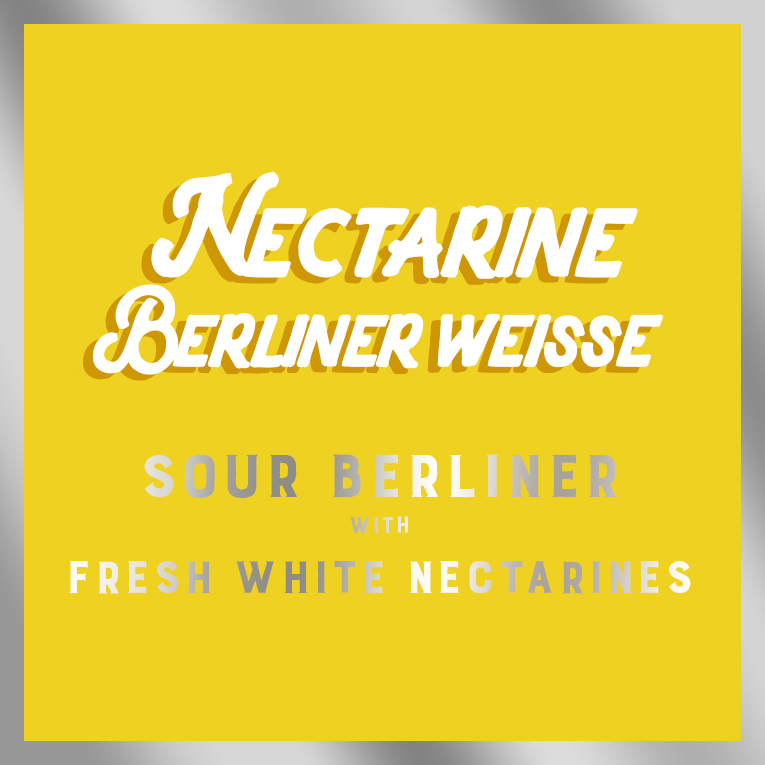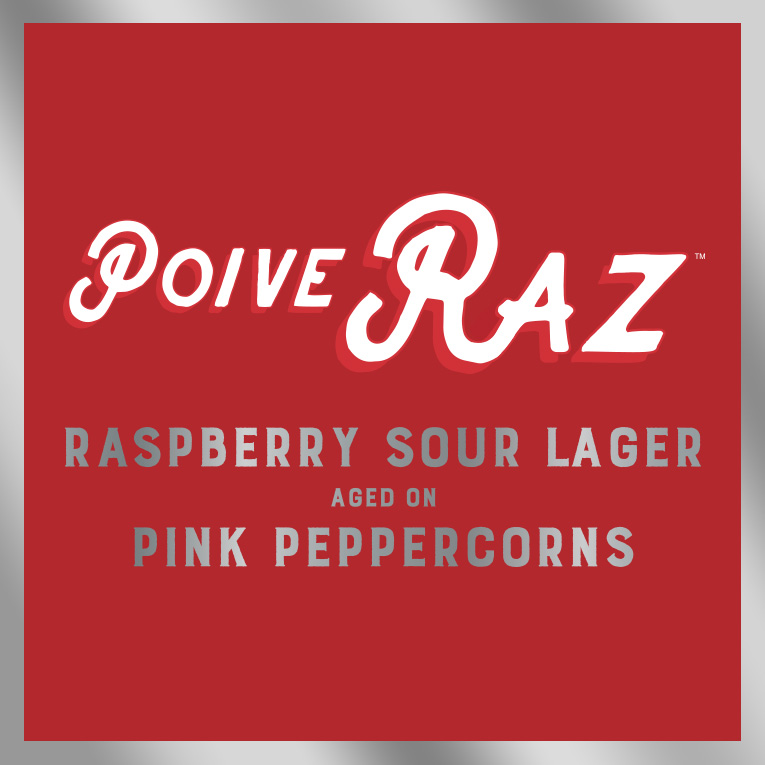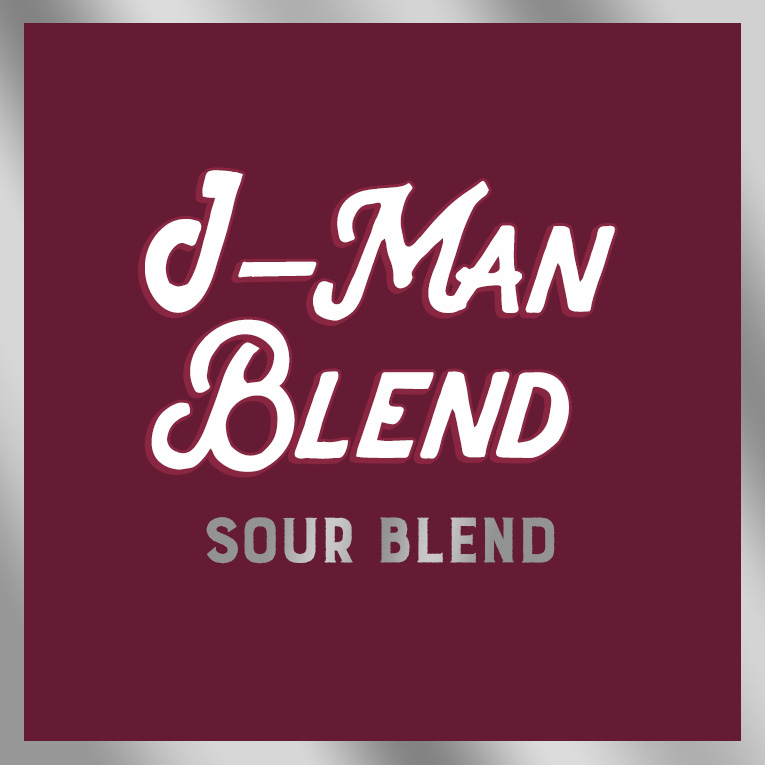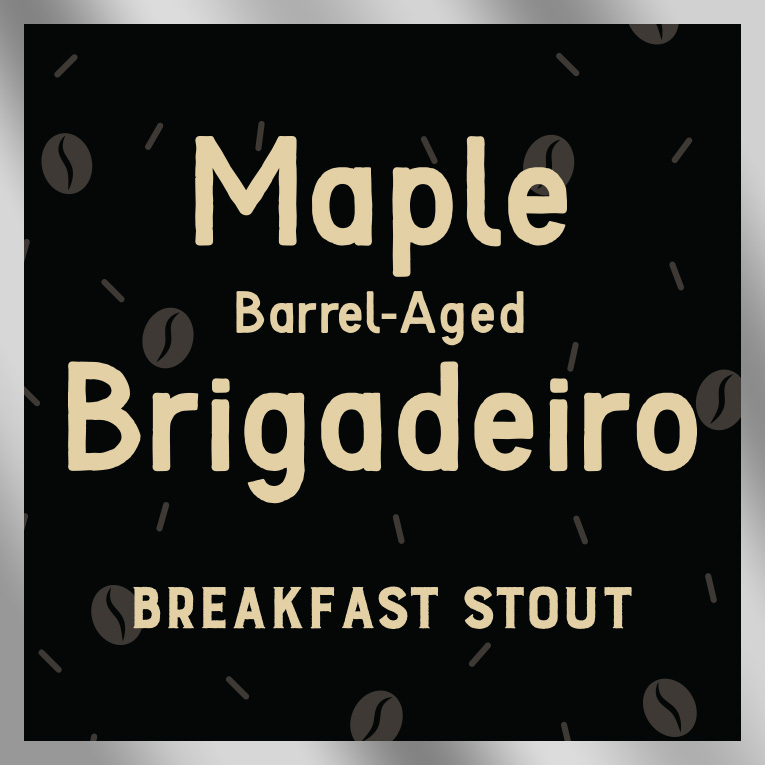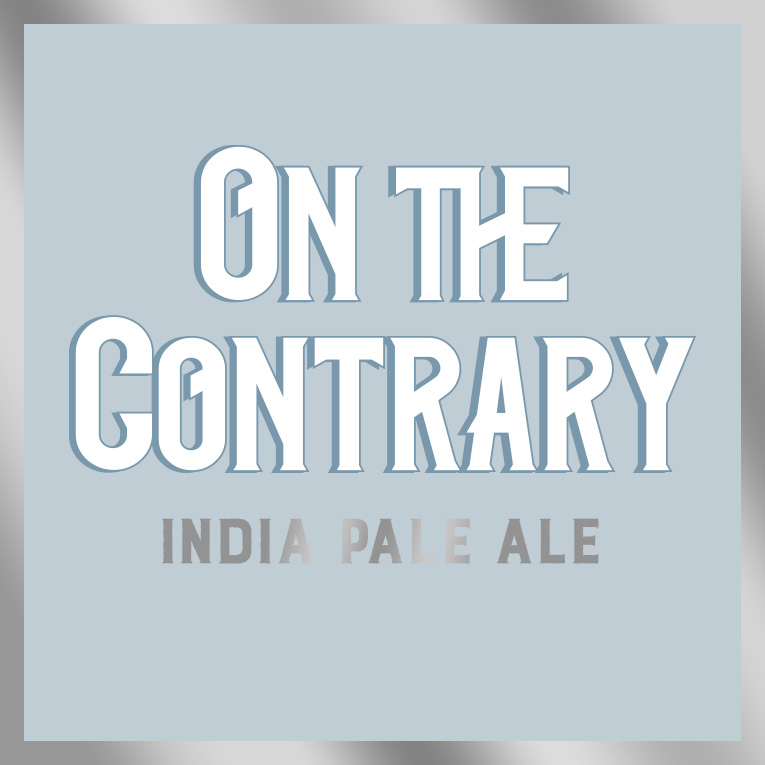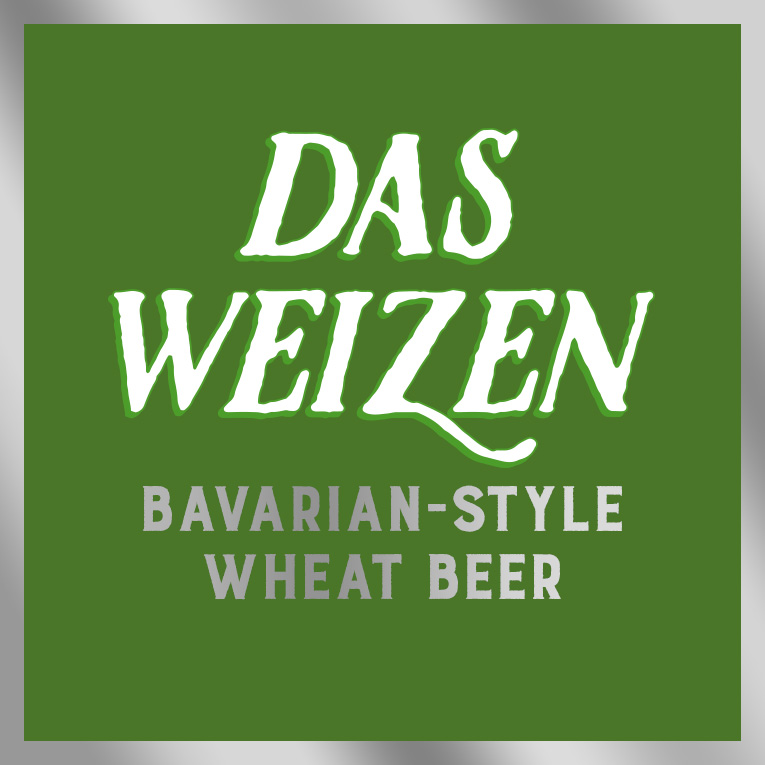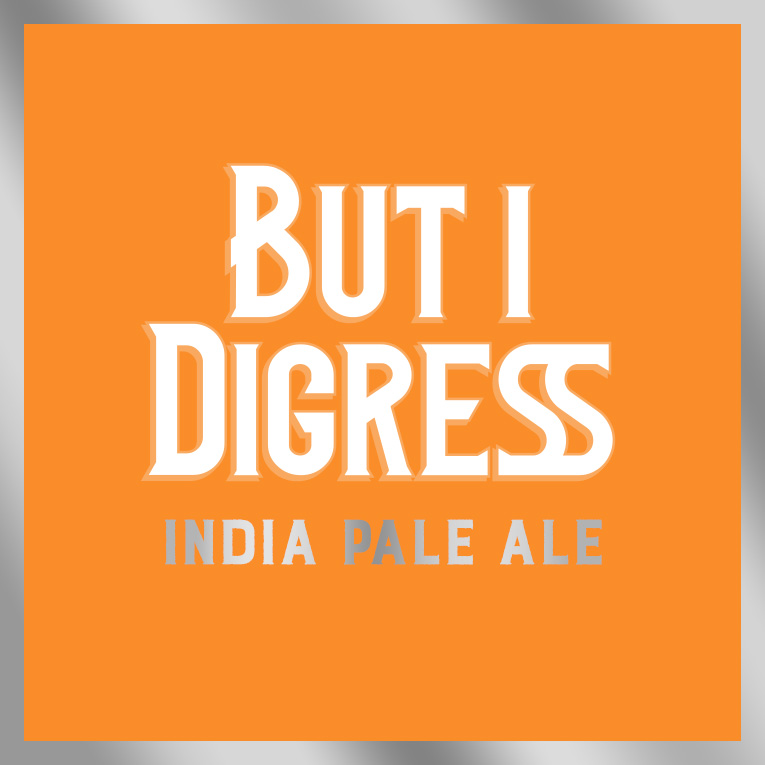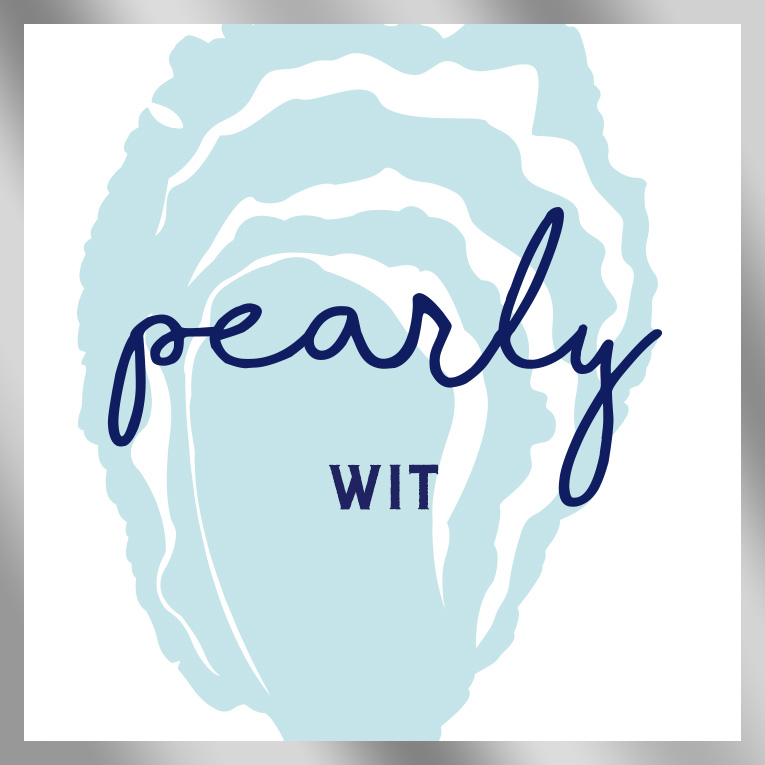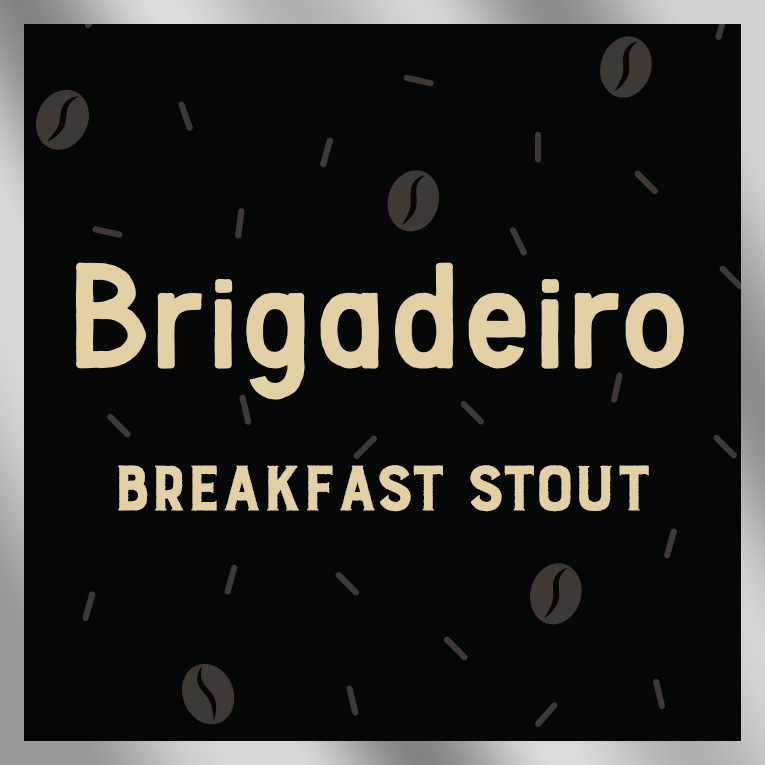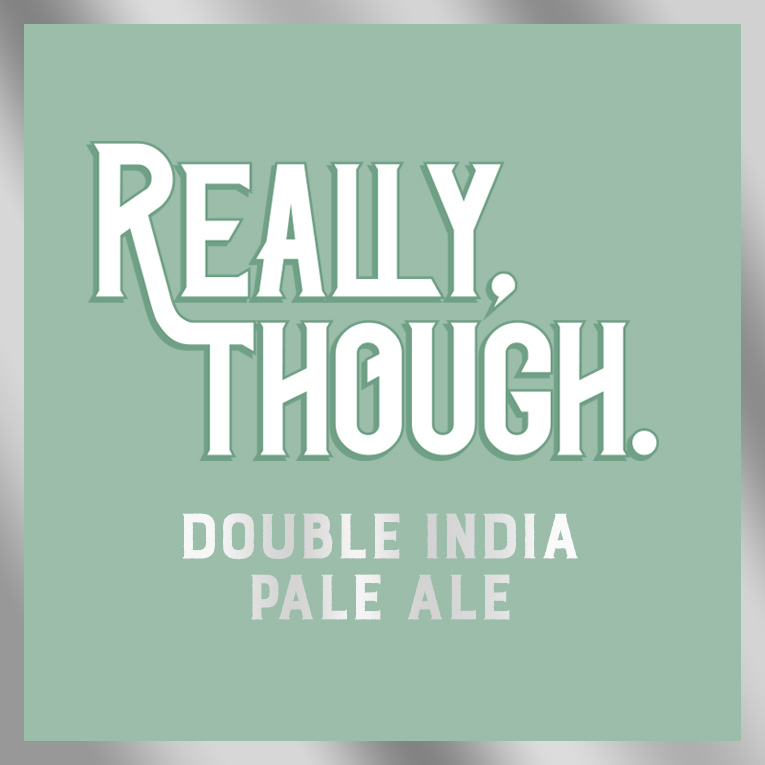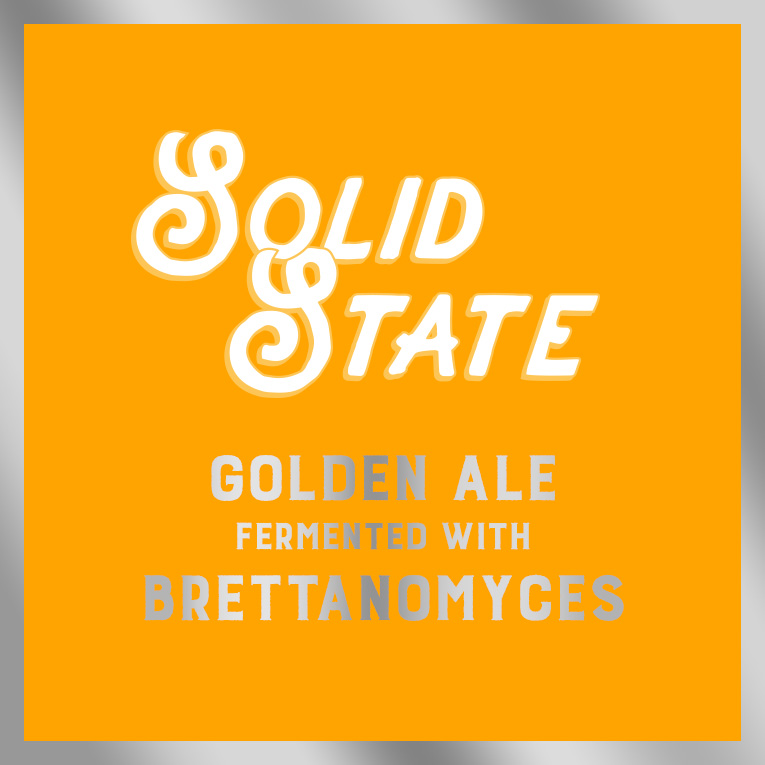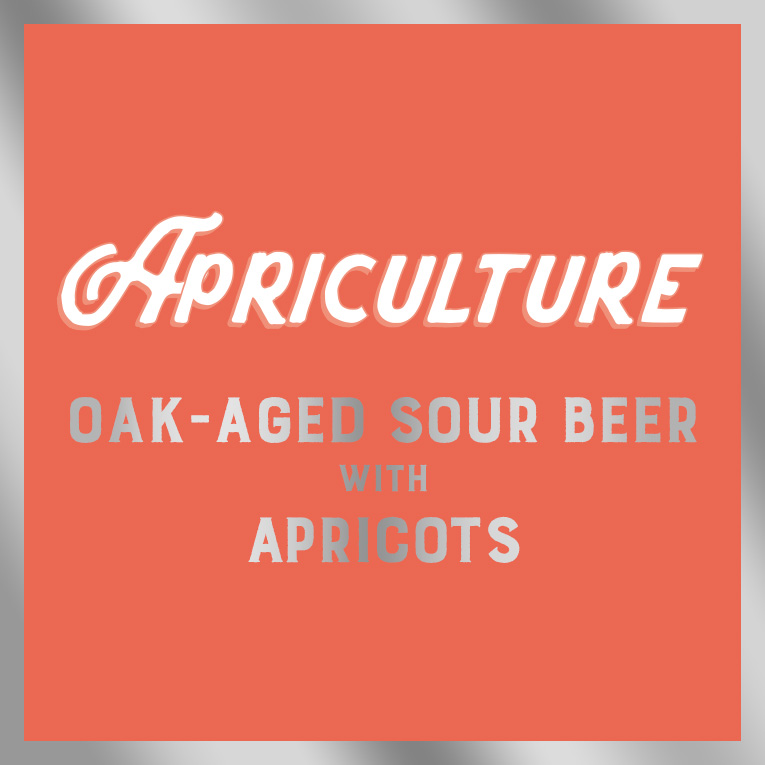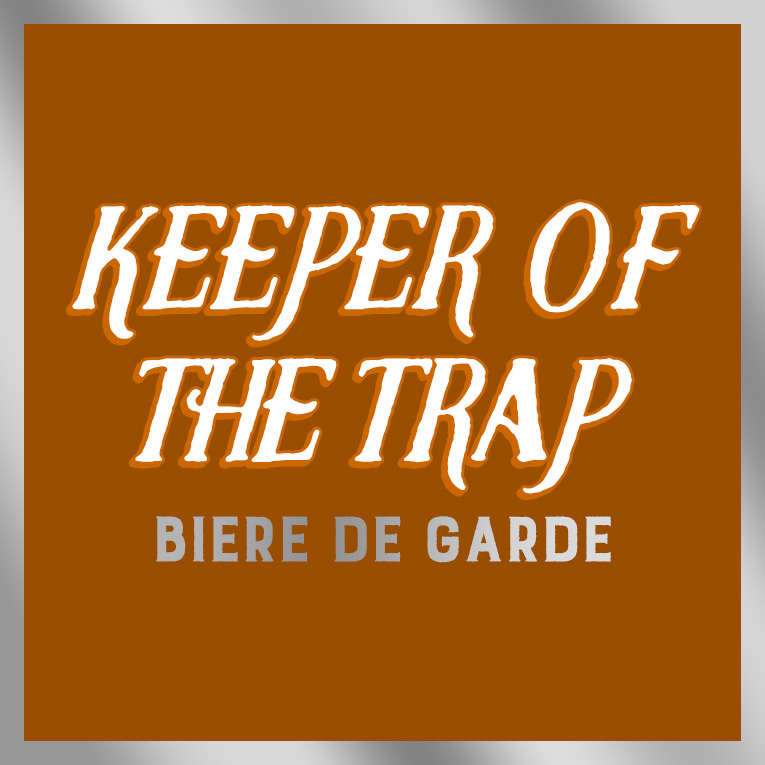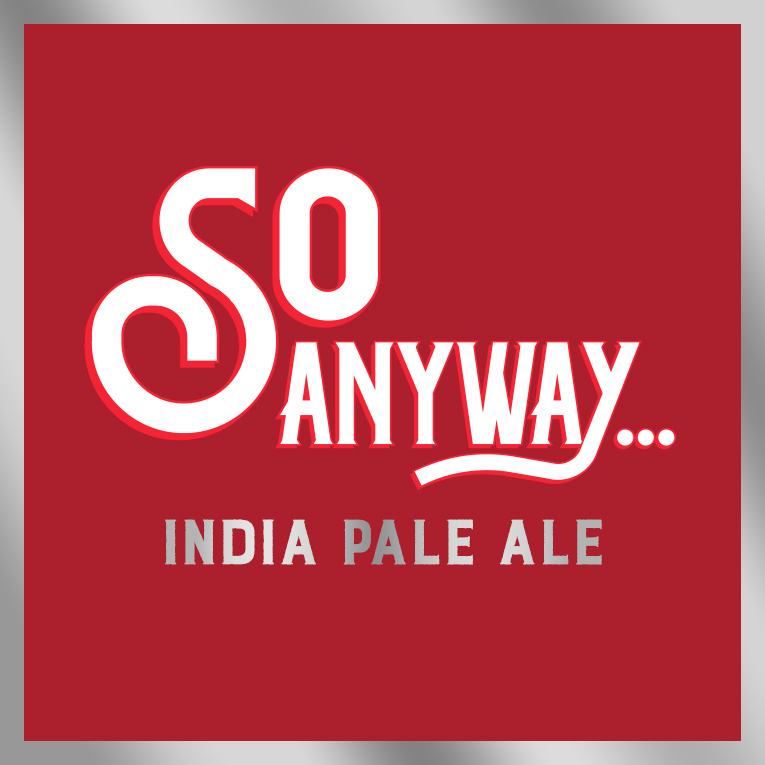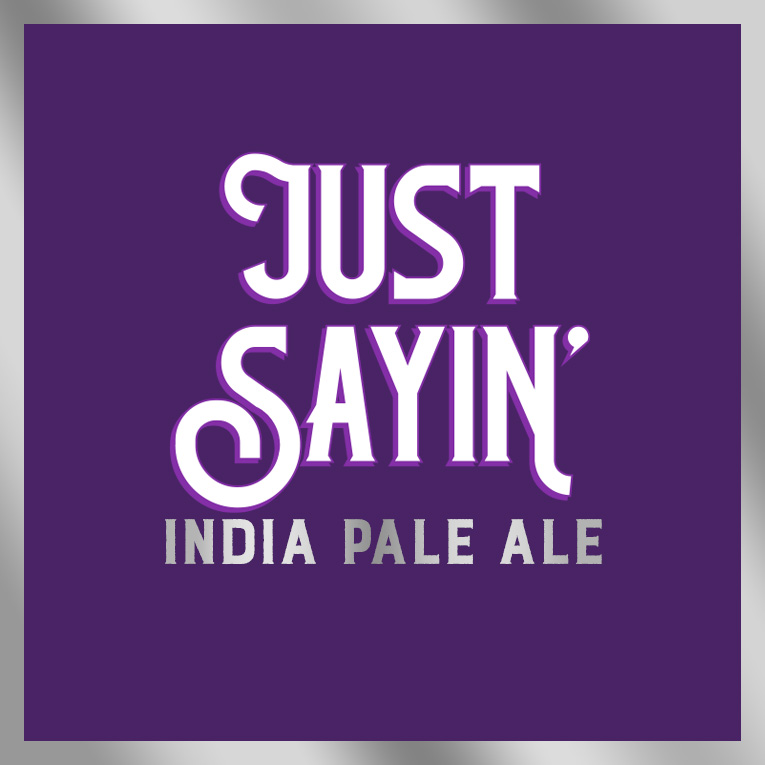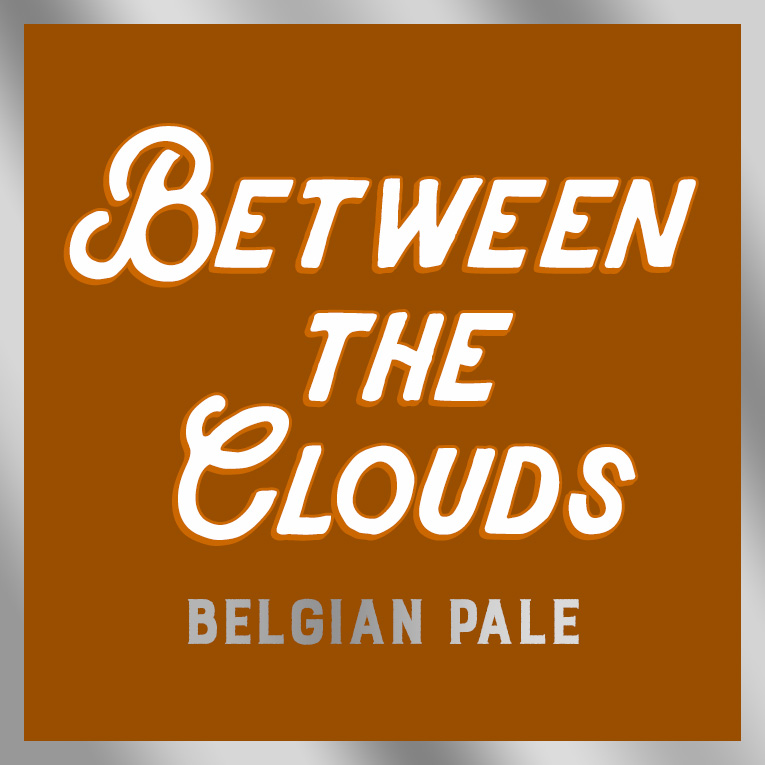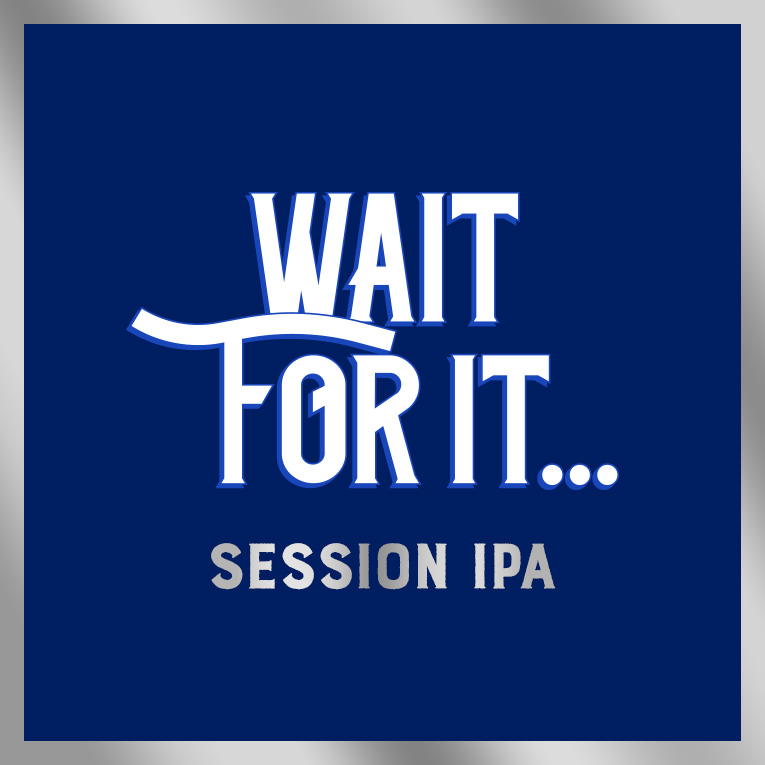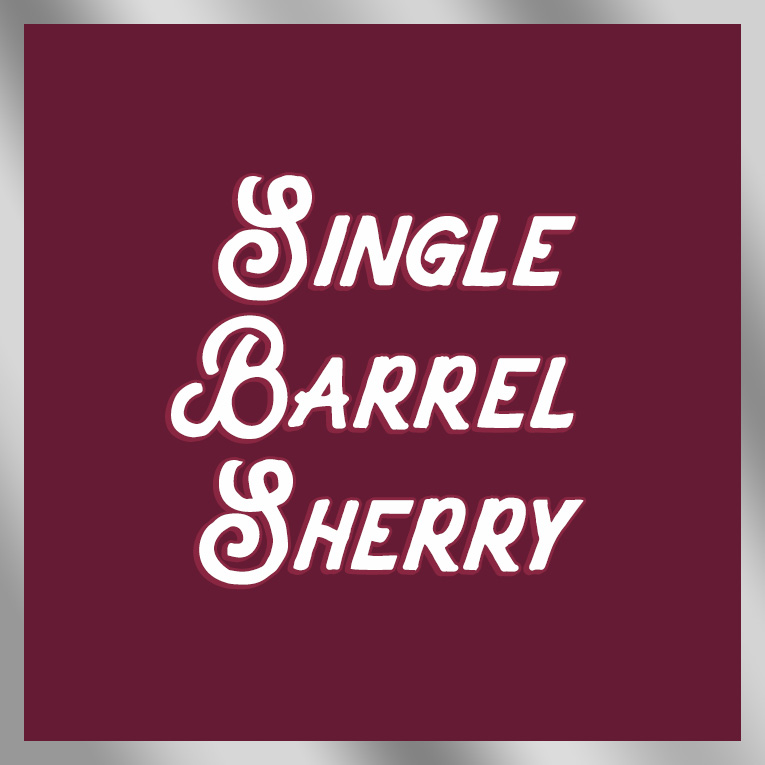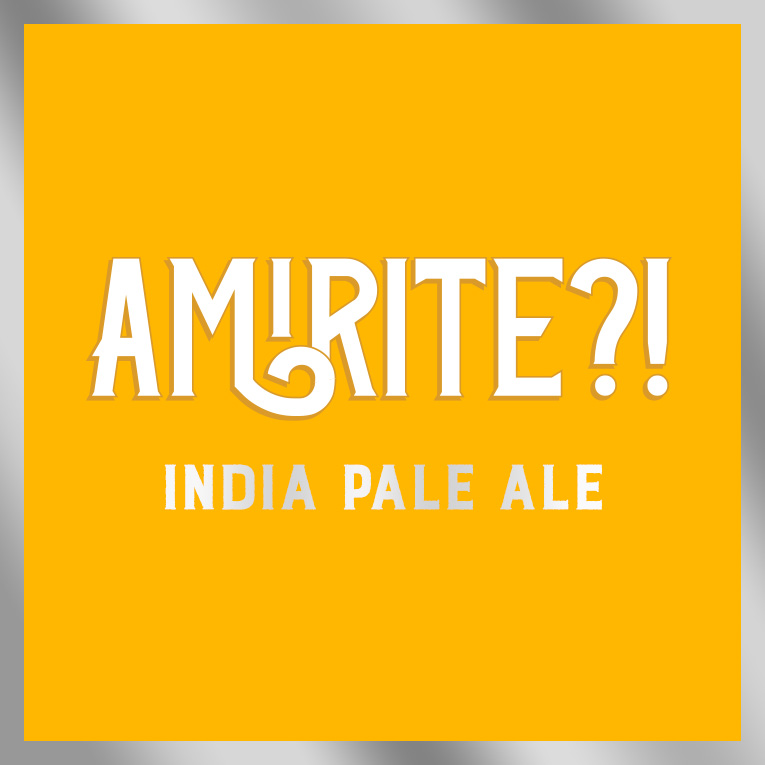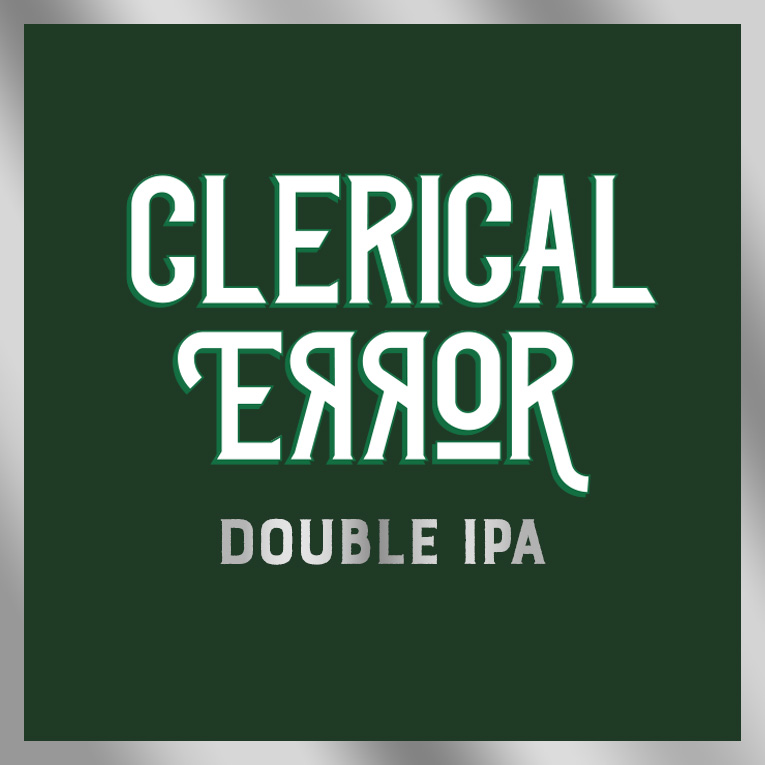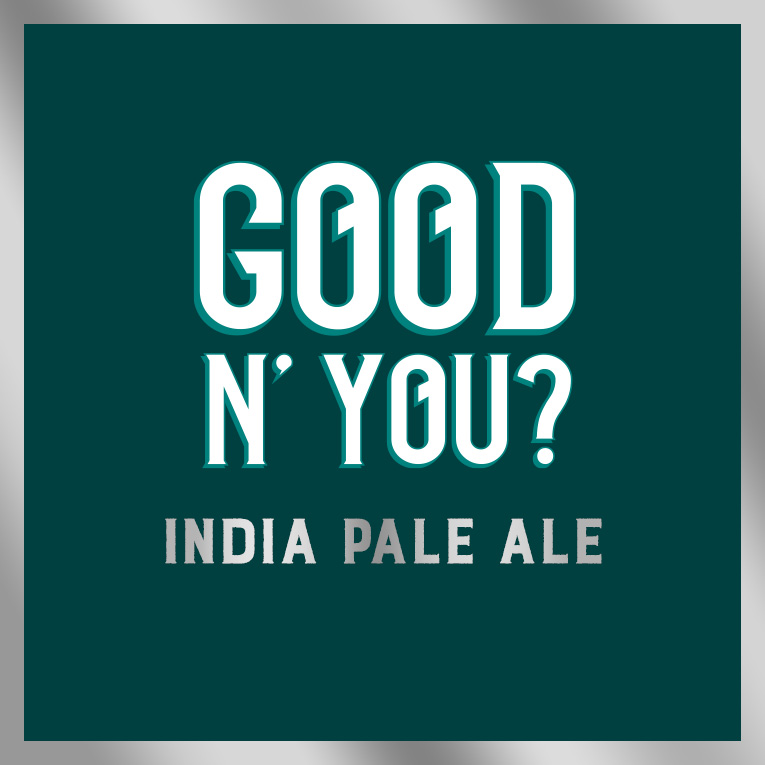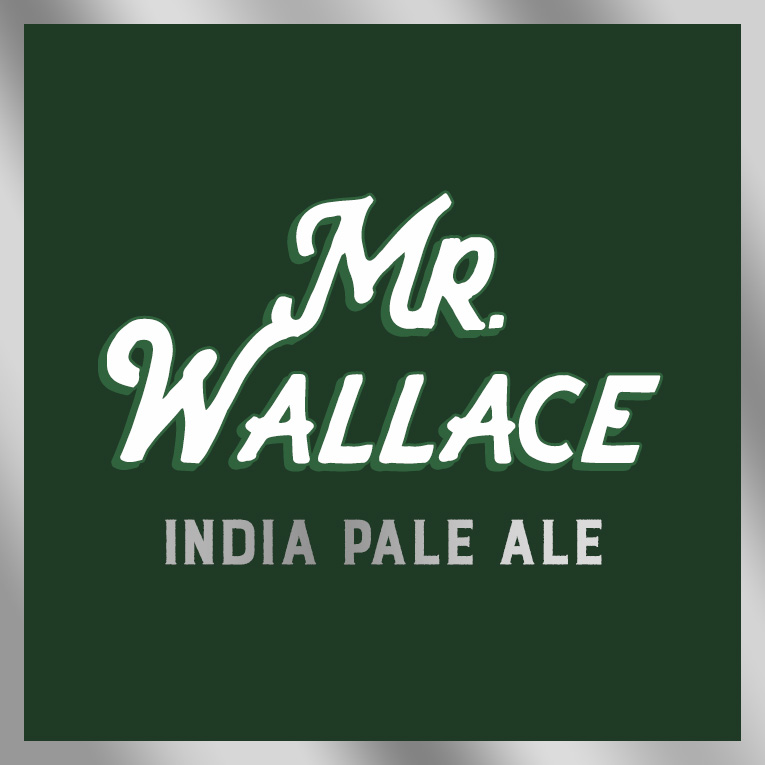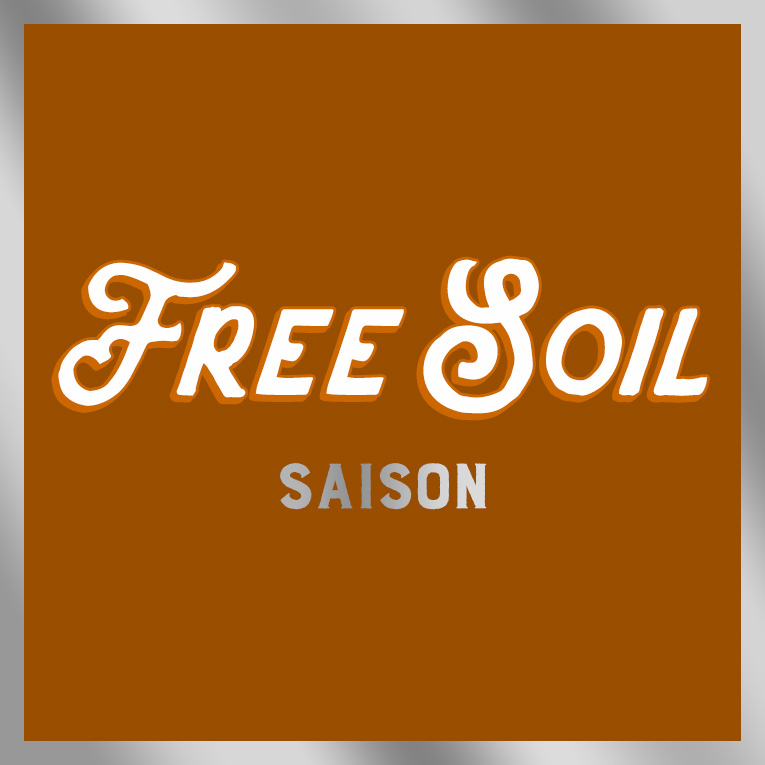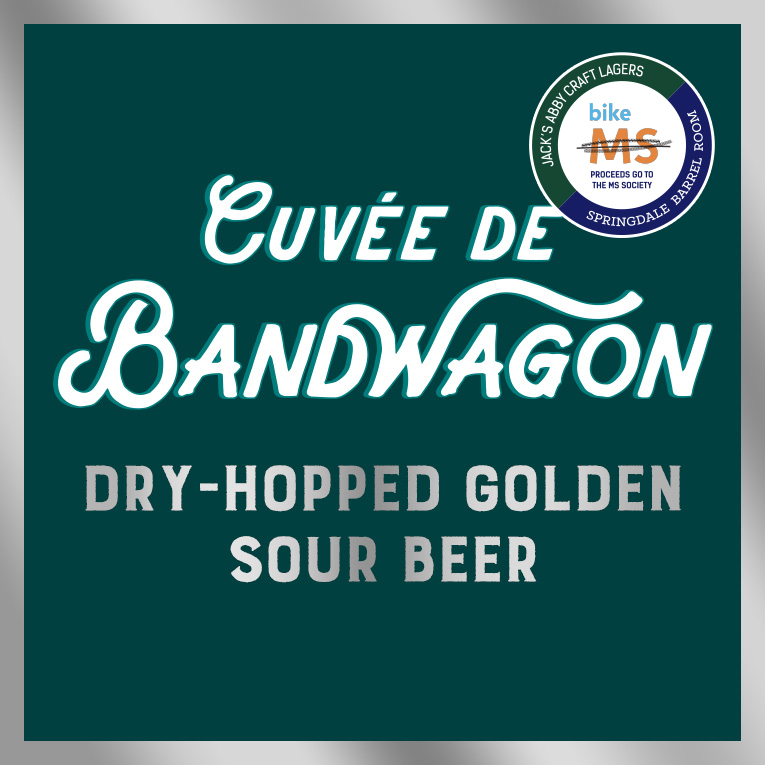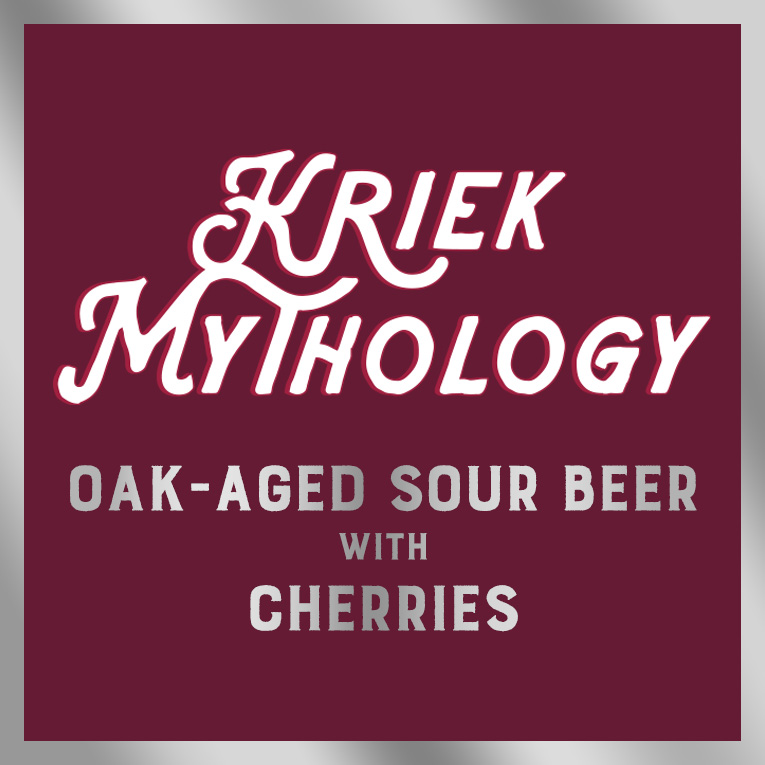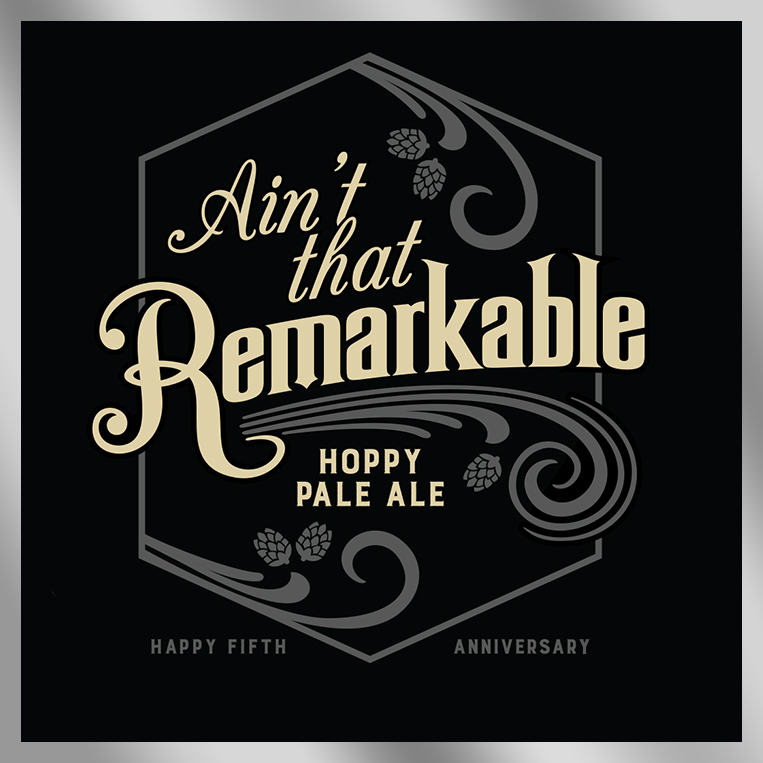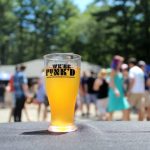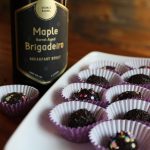Hey Matt! Can you tell us more about the Cerbeerus 5000 system? It looks like you’re pulling beer right out of barrels!
We sure are. This was a system we came up with while working with Modern Draught. It basically draws the beer directly from oak barrels with a passive blanket of C02 on top of it so the beer stays fresh and doesn’t oxidize. On the way to your glass it goes through a chiller, which means we serve at cellar temperature.
For us this a tool to show people that this what the beer is in its raw state versus where it is when it get’s cold and carbonated, with the addition of other elements. It’s just a chance for people to try something right out of the barrel and maybe get a sense of some the behind the scenes stuff that goes on over here.
What you’re tasting is close to my experience of going around and tasting barrels, finding flavors that are going to work as pieces of a broader blend.
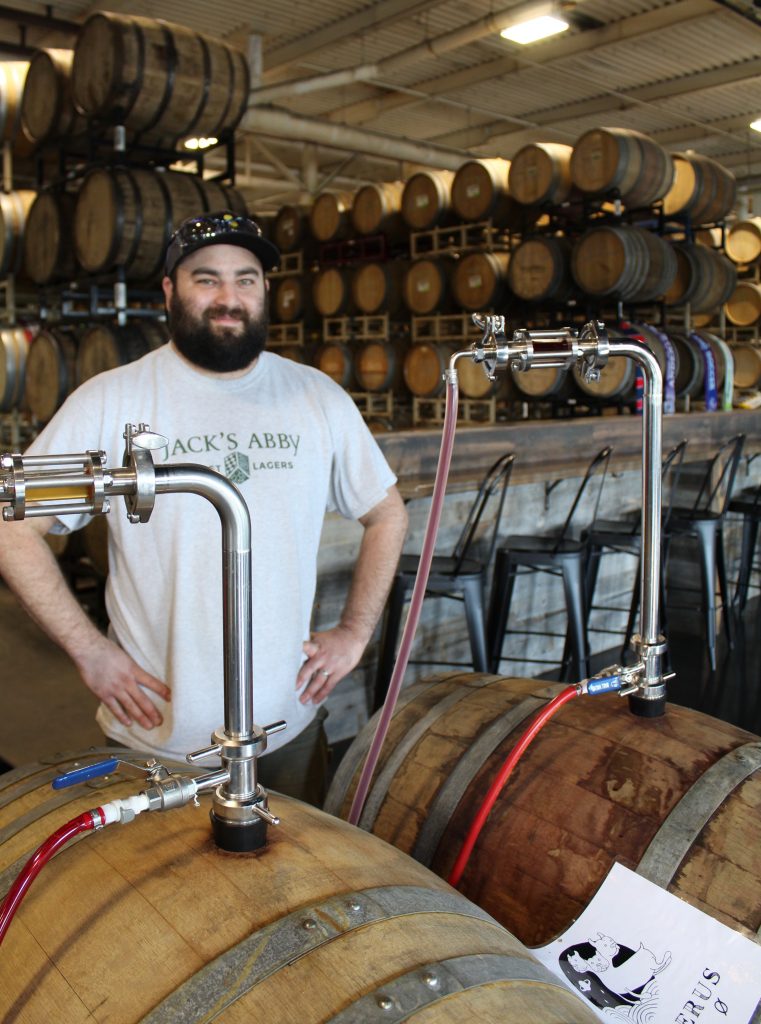
It’s cool that you can actually see how the whole process works right in front of you! So, tell me about the barrels you’ve hooked up today.
We have a Boysenberry Beer that is a little bit over a year old in total. It spent 9 months on 85 pounds of Boysenberries, which were added to French wine barrels along with a golden beer from one of our foeders. The filling process was especially long, since the boysenberries were going into the barrels whole. The base beer from the foeder is the same base that we have used in ‘Apriculture’ and several of our other fruited releases. It has a really flavorful acidity that plays well with fruit.
The other barrel is also a red wine barrel that came from a Pinot Noir producer in California. The base of this one was a beer that was brewed with a high percentage of rye and it has been aging for about 9 months total. The reason I like this barrel and wanted people to get a chance to try it, is because it has classic Brettanomyces Drie character. This wild yeast contributes to its funky nose, and nice fruity flavors to the beer itself. And the rye lends a great mouthfeel that you wouldn’t get otherwise.
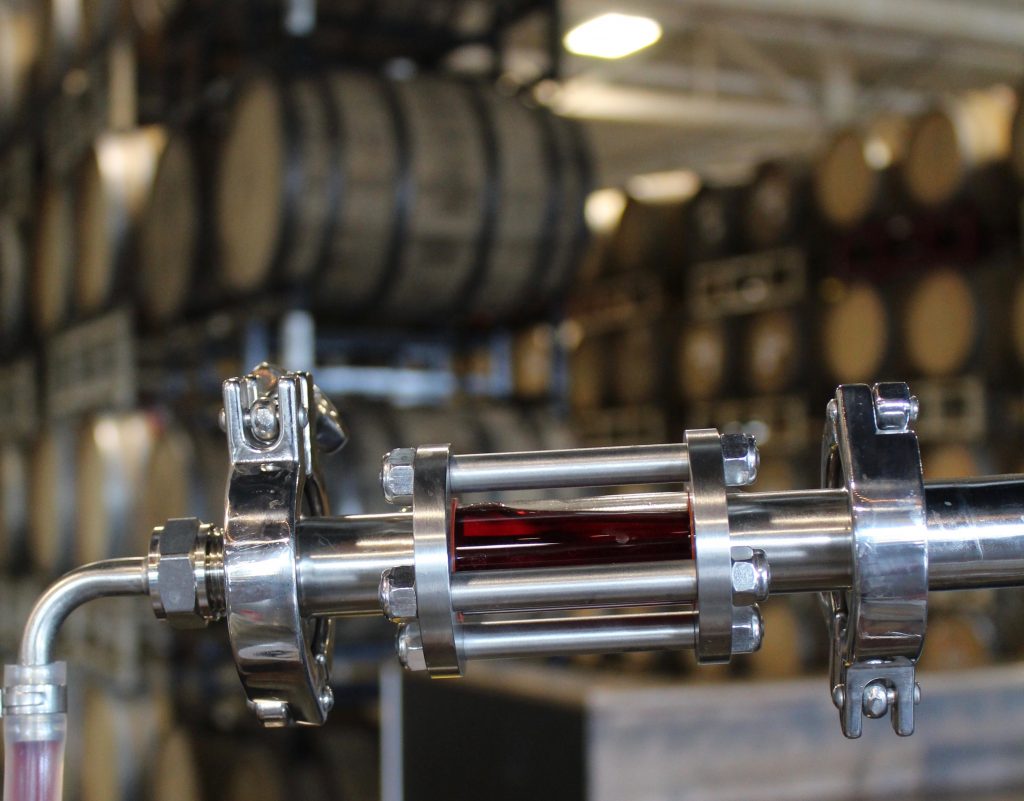 What’s Brettanomyces Drie?
What’s Brettanomyces Drie?
It’s a variant of the wild yeast Brettanomyces that was originally isolated from a Belgian lambic producer. Choosing a strain of Brettanomyces is just like choosing a yeast to ferment your beer, in that they can produce very different results.
So the Boysenberry is over a year and the Rye is about 9 months. That’s a long time!
9 months is actually the minimum time I would do for something like this. The flavors can be slow to develop, but I think they’re worth the wait.
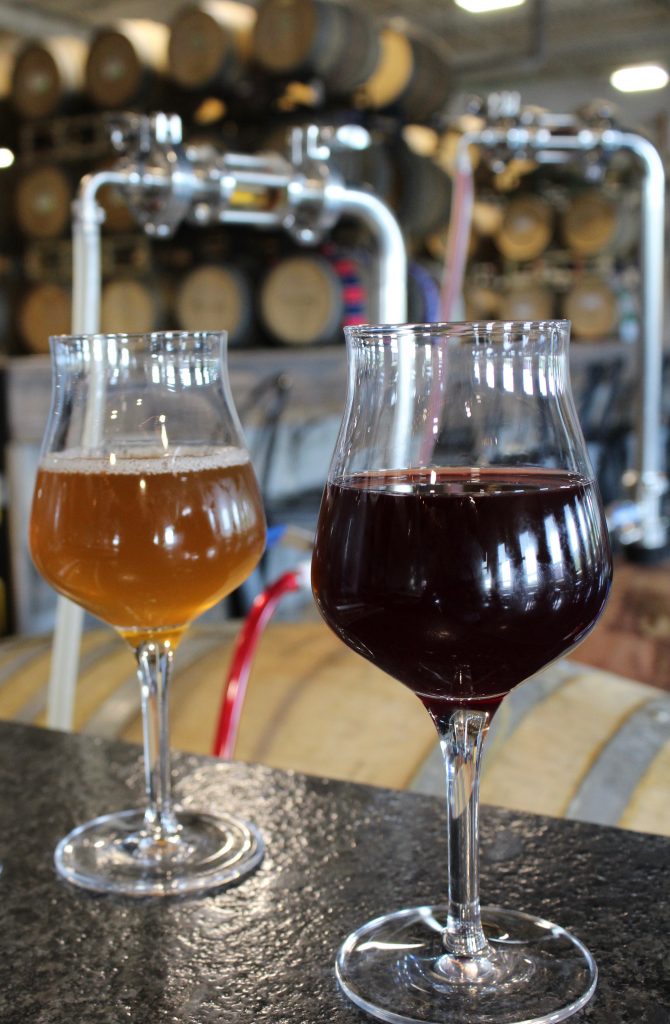
Thanks, Matt!
Try these new barrels and future barrels on the Cerbeerus 5000 only at Springdale!






